Imagine a dining experience that not only delights your taste buds but also captivates your eyes with beautiful petals.
Enter the world of edible flowers, where nature's beauty meets culinary artistry. In this article, we will talk about 12 captivating edible flowers that will add amazing flavors and vibrant colors to your meals!
1. Marigolds
Often used in gardens to deter pests, marigolds are hardy flowers with bold orange, yellow, and red colors.
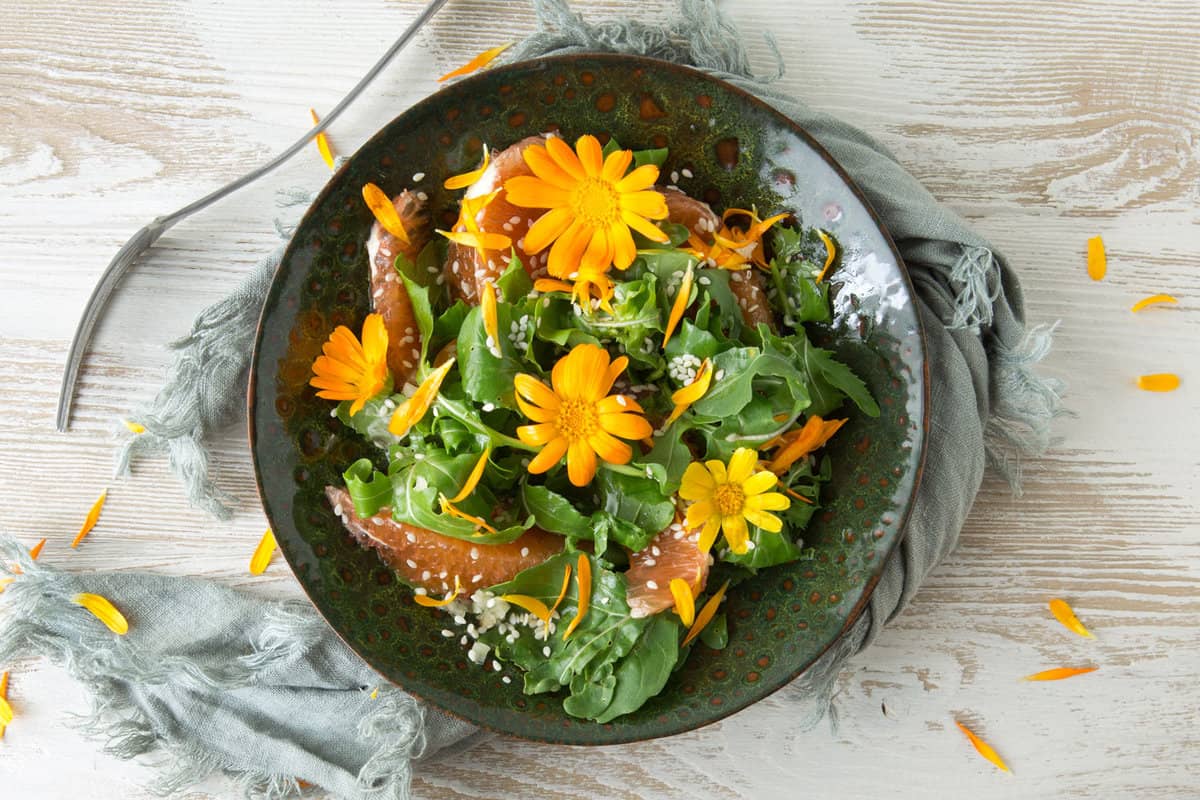
Their petals can be steeped in oil to create a flavorful infusion for dressings. To add them to salads, remove the petals and scatter them in.
For soup, use them as a garnish on top just before serving.
2. Pansies
These flowers come in a variety of colors. You can crystallize them with egg white and sugar to create a beautiful cake topping.
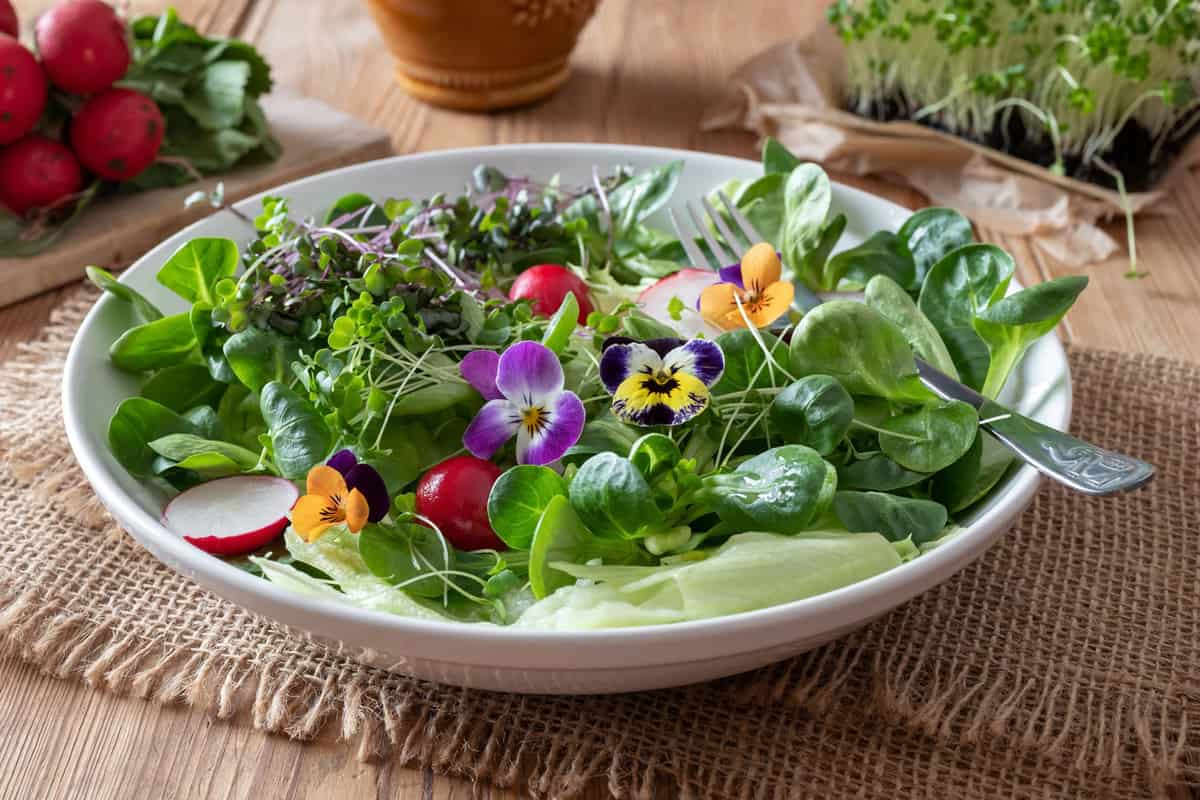
For fruit salads, simply scatter the petals on top. For drinks, muddle the flowers at the bottom of the glass before adding the rest of the ingredients.
3. Nasturtiums
These flowers are quite showy with their bright colors and unique shape. They have a somewhat succulent stem and leaves that are also edible.

Chop them up and mix them into butter for a spicy spread, or stuff whole flowers with soft cheese for an elegant appetizer.
4. Violets
These small but striking flowers are often blue or purple. Make a simple syrup infused with violets for cocktails or lemonade.
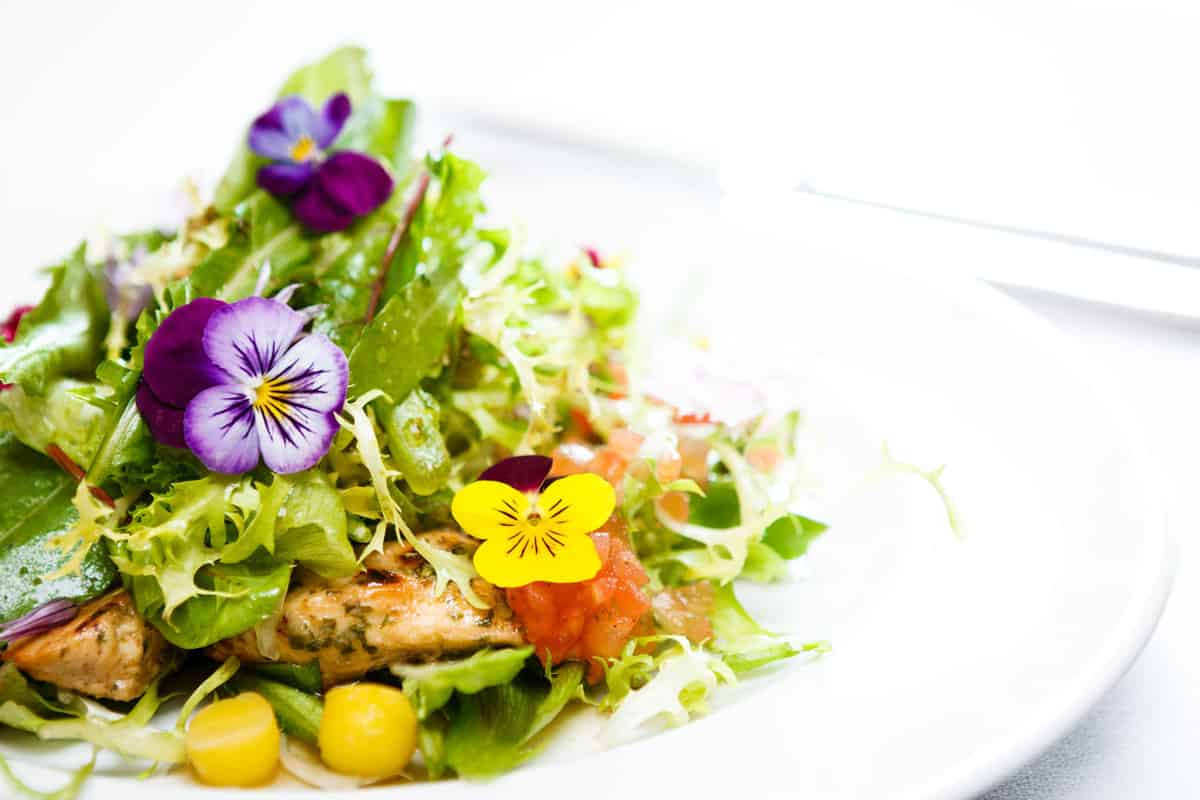
For baked goods, press the flowers into the top of the dough just before baking for a stunning effect.
5. Chamomile
This plant produces small, daisy-like flowers. Brew them into a strong tea and use it to flavor cakes or custards.
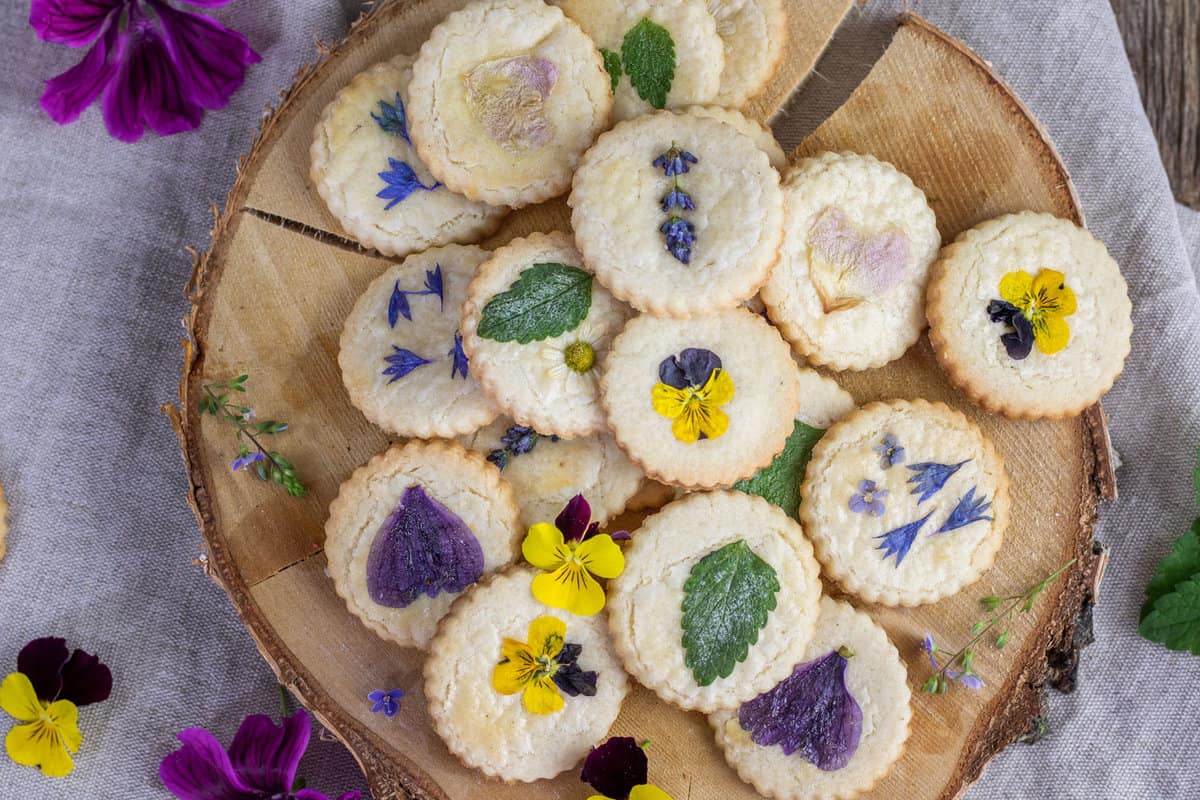
To use in a salad, sprinkle the tiny flowers over the top after the dressing has been added.
6. Dandelions
Most commonly seen as a weed, dandelion flowers are bright yellow. Young leaves and flowers can be used in a salad, or you can fry the flowers in a light batter for a unique side dish.

To make dandelion wine, you'll need a large quantity of flowers, sugar, and some winemaking equipment.
7. Chive Blossoms
Chives are a common herb, but their purple flowers are often overlooked.
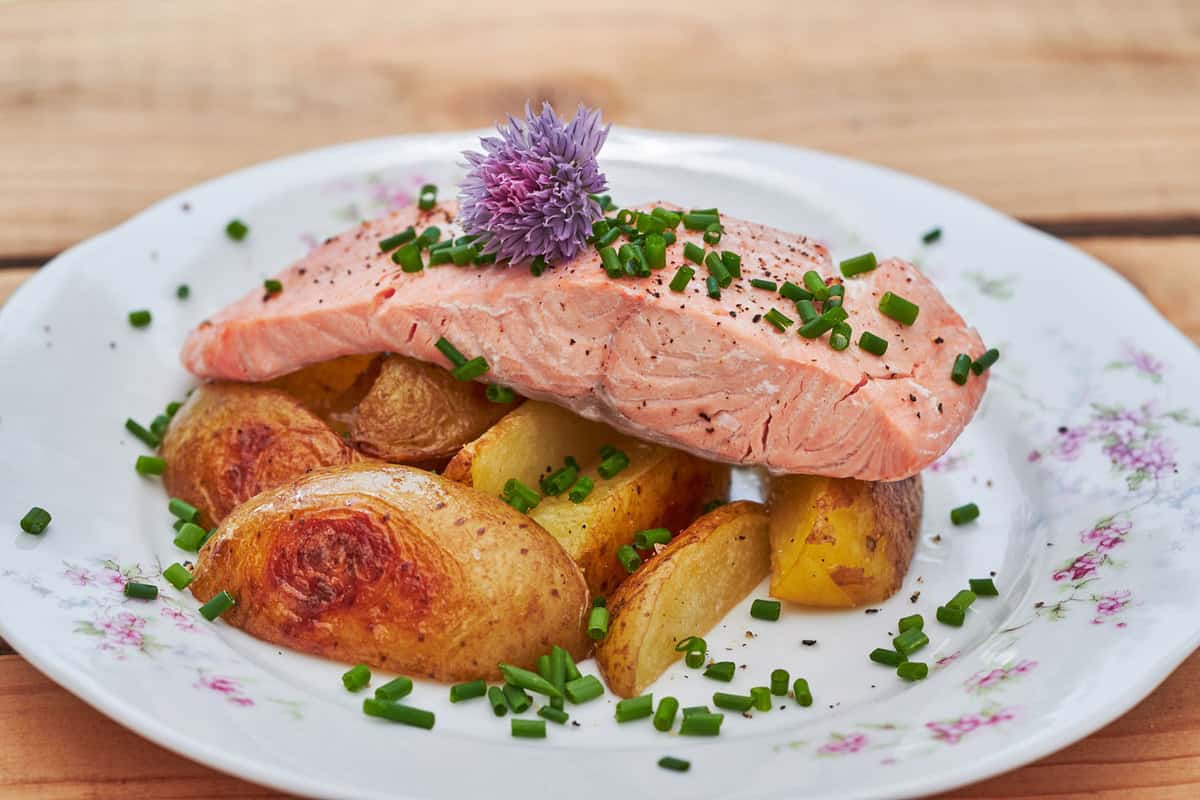
The flowers can be separated into florets and mixed into soft cheese, or you can steep the whole flower in vinegar to create a beautiful pink, onion-flavored condiment.
8. Calendula
These flowers are bright yellow or orange and resemble daisies. The petals can be dried and ground into a powder that can be used, like saffron.
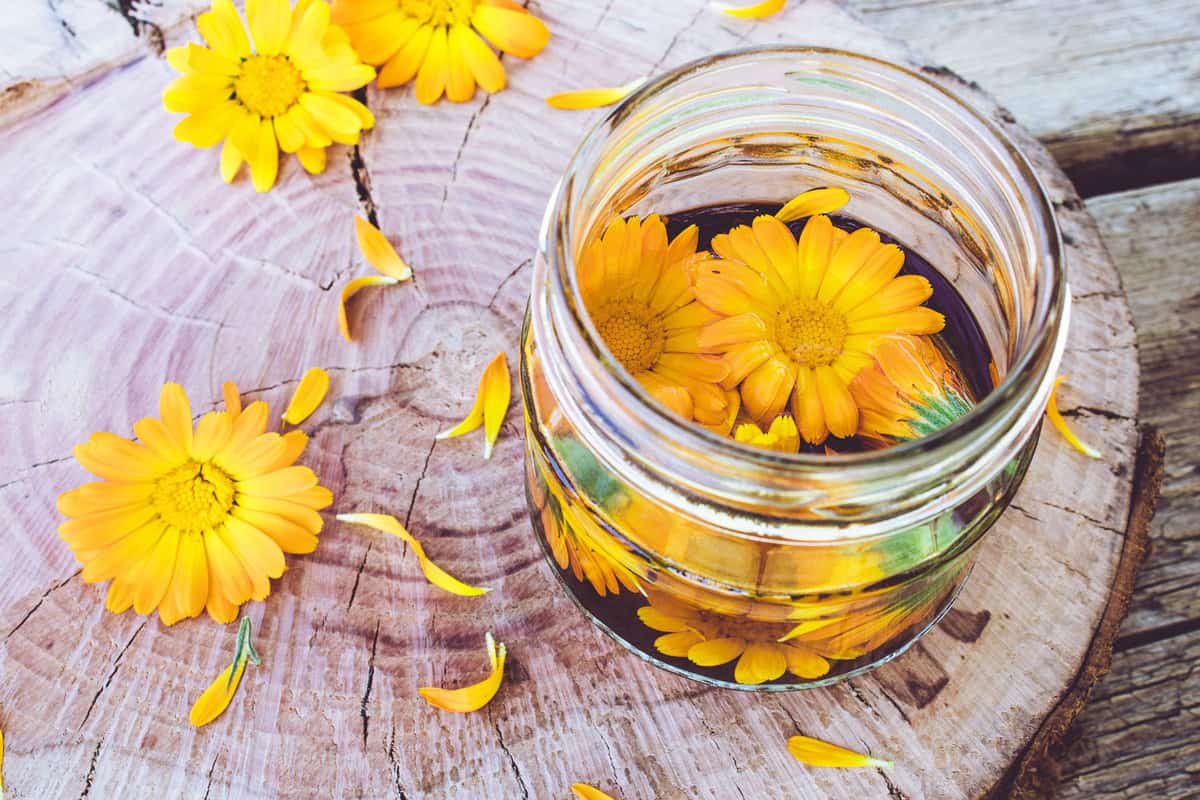
Fresh petals can be stirred into rice or quinoa just before it's finished cooking or mixed into a stew or soup at the end of cooking.
9. Borage
Borage plants have furry leaves and produce striking blue star-shaped flowers.
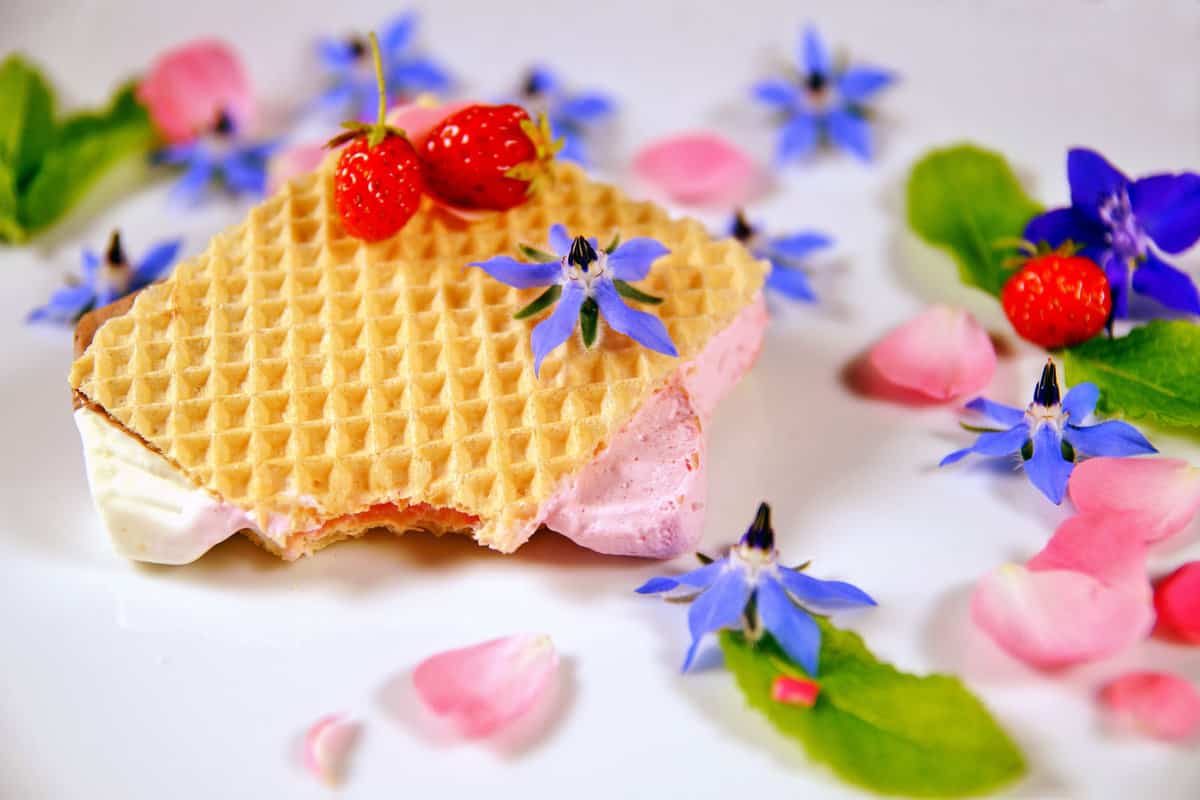
The flowers can be frozen into ice cubes for a fun drink garnish, or you can add them to a salad for a cucumber-like crunch.
10. Squash Blossoms
These large yellow flowers are found on squash plants. Most commonly, they are stuffed with cheese, battered, and fried.
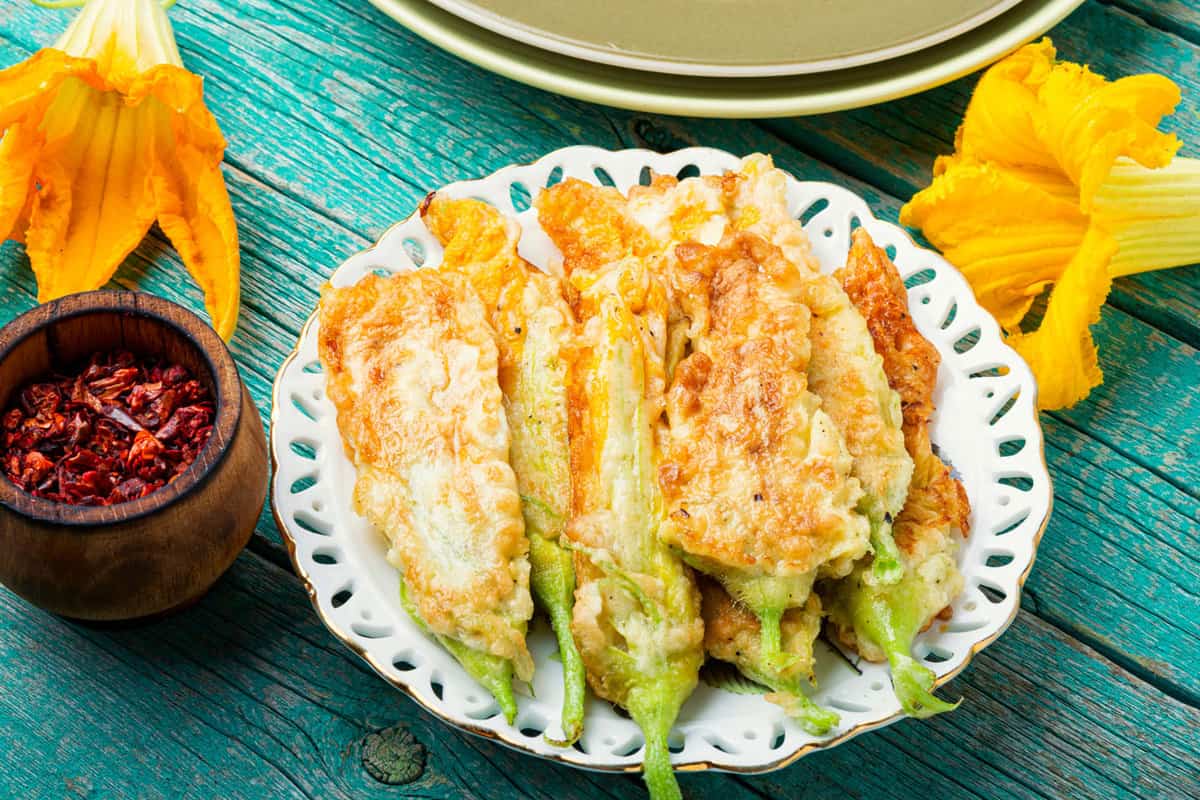
To use them in pasta dishes, chop them up and sauté them with a little garlic before adding to the pasta.
11. Rose Petals
Their delicate and aromatic nature makes them perfect for infusing flavors into drinks and desserts.
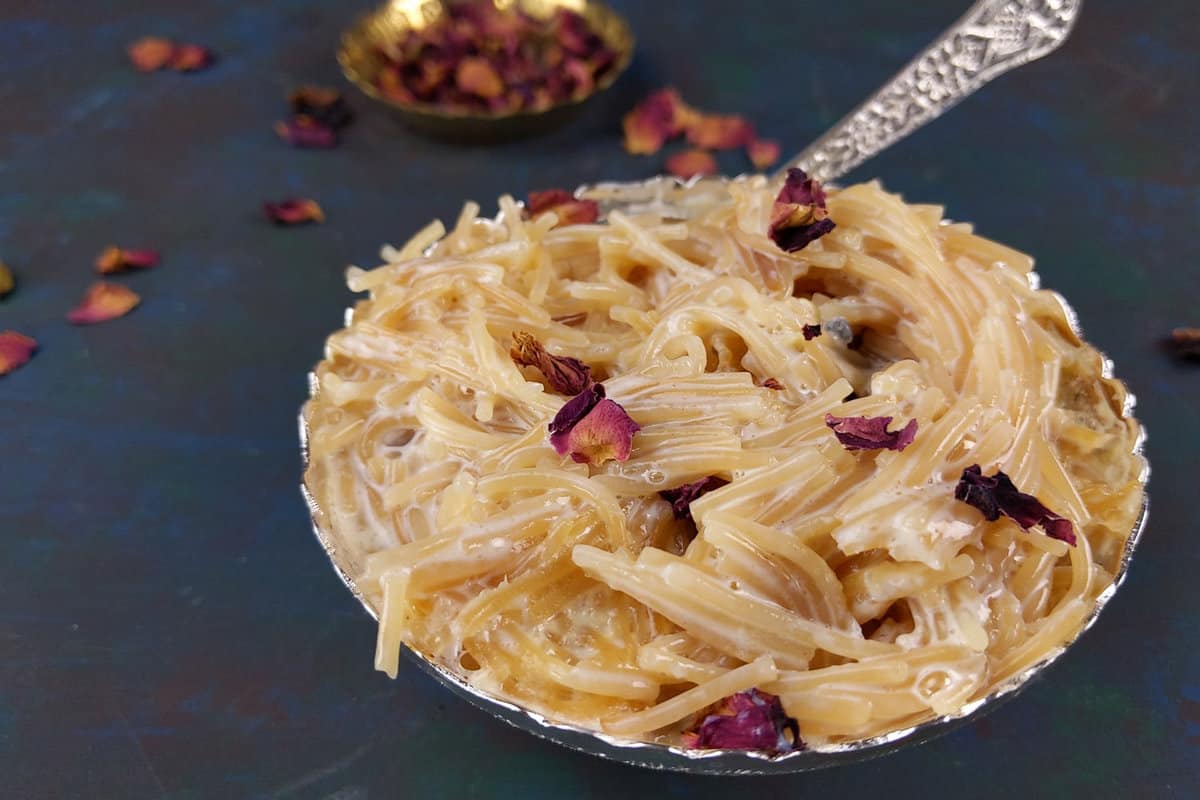
You can create a flavorful rose syrup to enhance cocktails or drizzle it over desserts, adding a sweet floral essence.
Alternatively, steep rose petals in hot milk to create a fragrant base for rose-flavored custards or ice cream, providing a delightful and creamy treat.
12. Sunflowers
These tall, bright flowers are known for their large seed heads, but the petals are also edible.
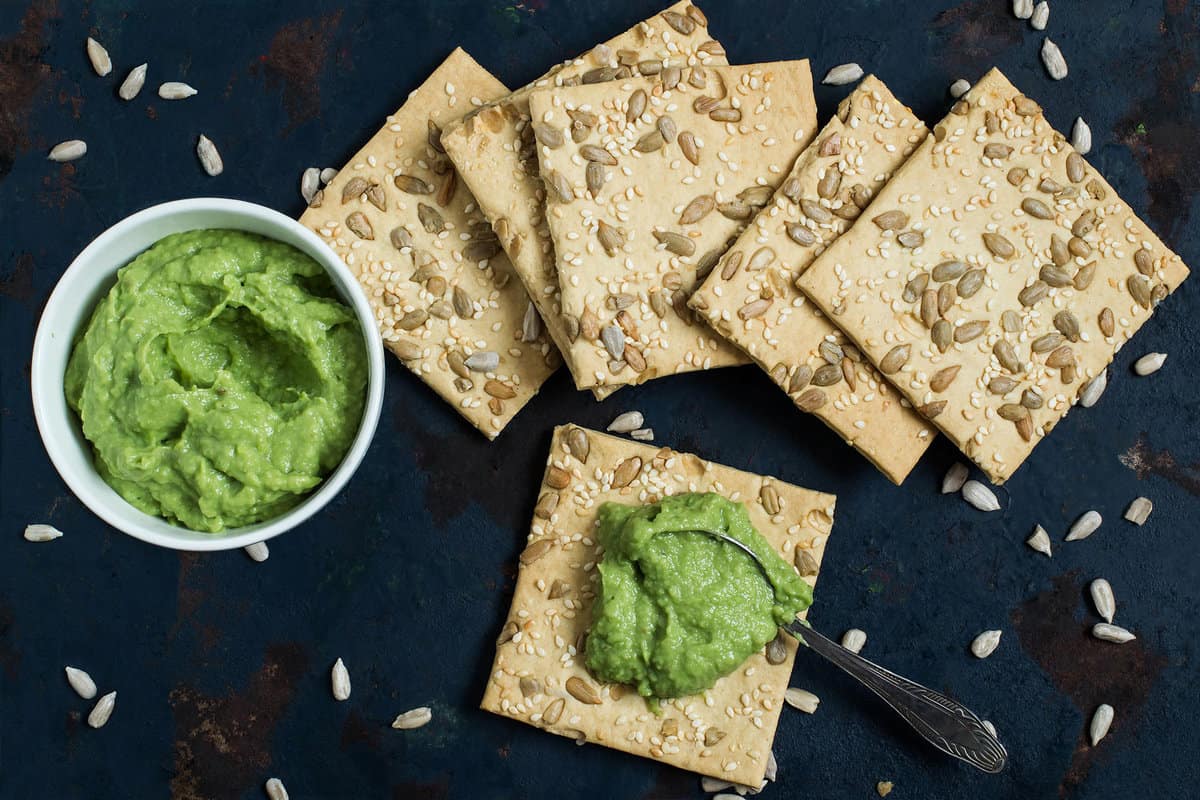
They have a slightly bittersweet flavor. The young, unopened flower buds can be cooked and eaten like artichokes.
As for the petals, you can use them fresh in salads or use them to garnish your favorite dishes.
Preserving Flavor and Color: Adding Edible Flowers to Dishes
Incorporating edible flowers into your cooking adds unique flavors to your dishes, transforming them into extraordinary culinary creations.
To ensure the best quality, harvest flowers in the morning when they are fresh and flavorful. Choose vibrant and healthy flowers, avoiding wilting or diseased ones.
Properly clean the flowers by gently rinsing them under cool water to remove dirt and insects. Pat them dry with a paper towel or allow them to air dry.
You can use edible flowers in various ways; freshen up salads, garnish desserts and drinks, infuse teas, or fry them for a crispy snack.
Add flowers at the end of the cooking process to preserve their delicate flavors and colors.
Prioritize the safety of the flowers you use. Choose organically grown flowers or those labeled "edible" to avoid pesticides or harmful chemicals.
Enjoy the endless possibilities and savor the delightful experience they bring to your table!
Read more:
Discover The Secret Ingredient: TikTok Foodies Cook With Edible Flowers
